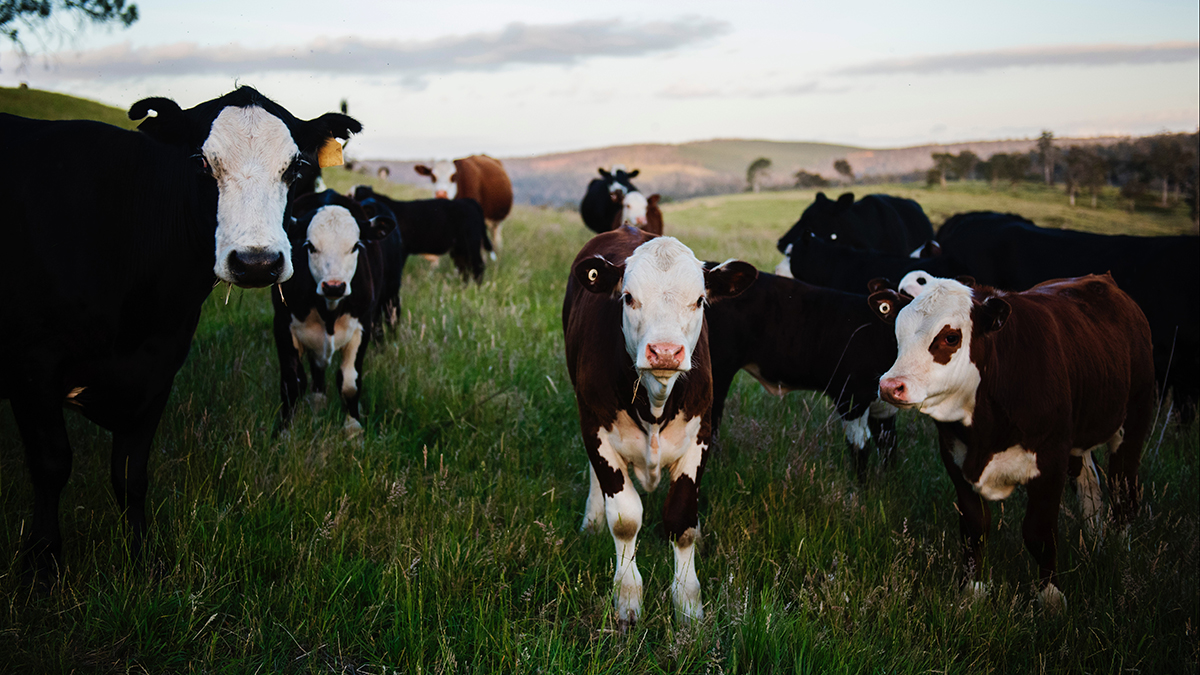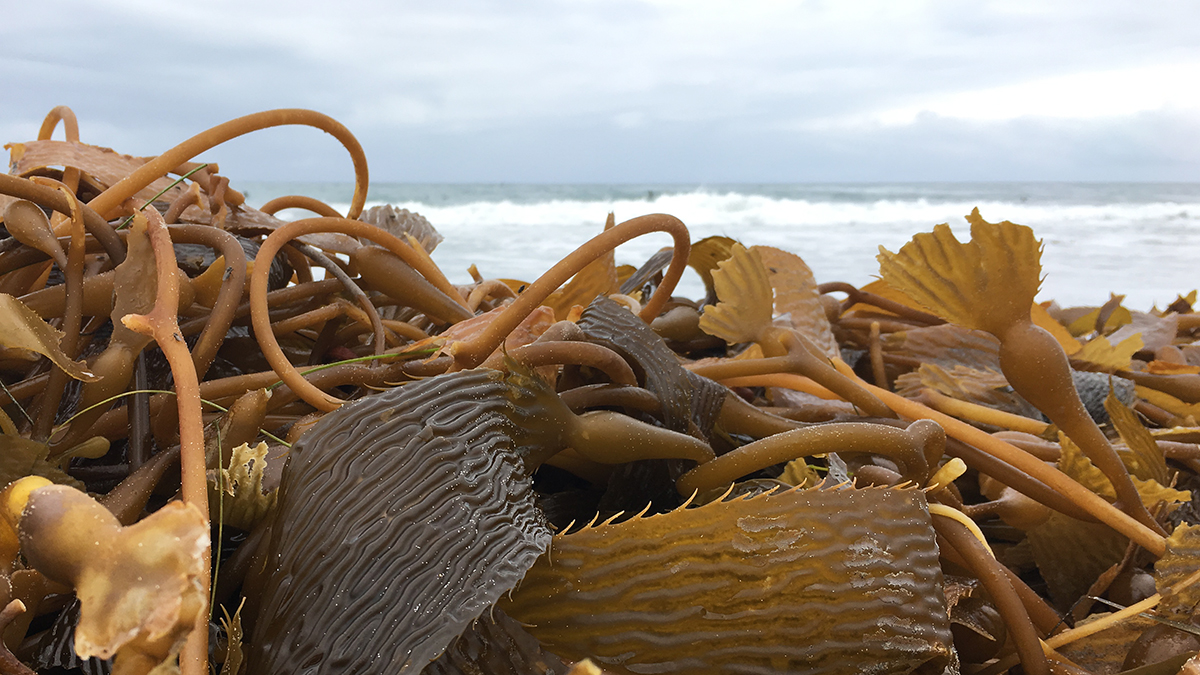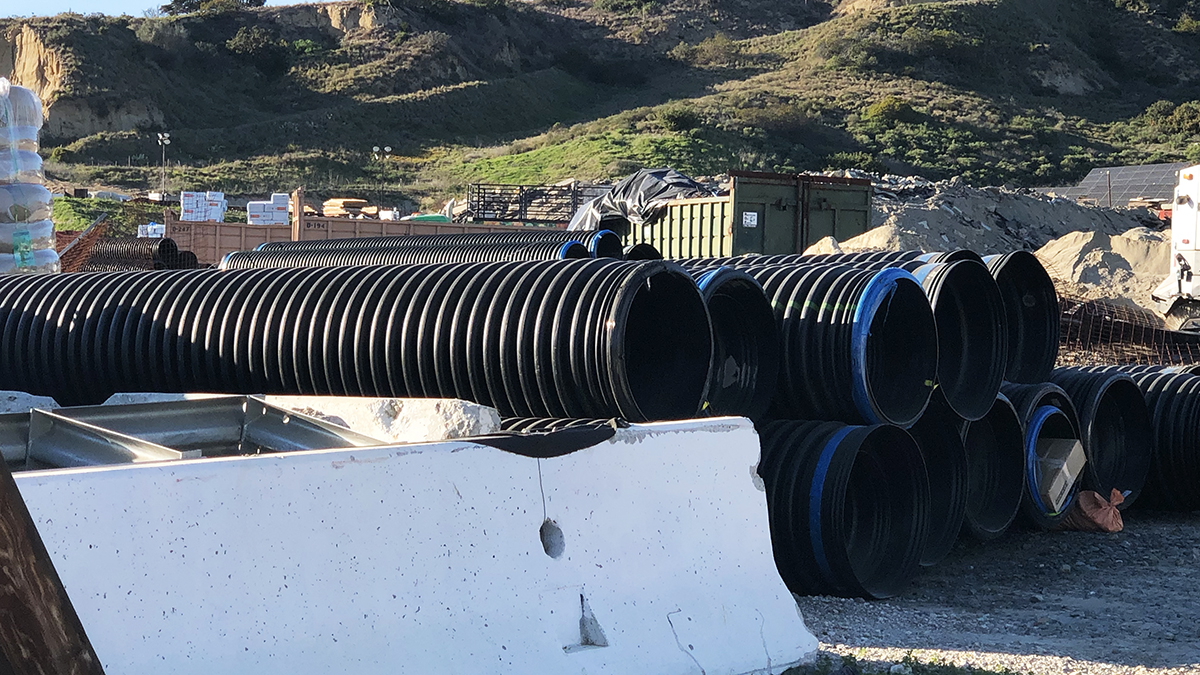This week’s climate story brings us all the way to the island Tasmania in Australia. Imagine standing next to a beautiful bay overlooking the Tasman Sea, this is where the company Sea Forest is headquartered.
Have you heard that cows release the potent greenhouse gas methane? Have you also heard that mixing a little bit of seaweed in their diet reduces their emissions greatly? Research teams all over the world are racing to find out more: What type of seaweed works best? How much is needed? How can it be grown and mixed into feed sustainably?
Asparagopsis is an edible red seaweed, native to Australian waters. Sea Forest is the first company to produce and scale Asparagopsis at a commercial scale. They are developing innovative ways to cultivate the seaweed on land and in the ocean. This is how it works:

On the left side you can see how a boat farms seaweed in the ocean. Alternatively it can be grown in tanks on land. After it is harvested, the seaweed needs to dry. Sea Forest then produces a feed supplement for cattle.
No, the milk and meat don’t taste like seaweed. And amazingly, the cows are more productive with this supplement. They need less feed because they are saving energy by not producing methane. A 2020 study found that methane emissions from cattle can be reduced by up to 98%:
Animals whose diets contain 0.2% Sea Forest’s supplement will have methane reductions up to 98%.
https://www.sciencedirect.com/science/article/pii/S0959652620308830?via%3Dihub#ack0010
That is a very impressive reduction of methane! There are still a lot of open questions and scientists say there is not enough seaweed for all the cattle in the world. What I like most about Sea Forest is that they are acting now. We need climate solutions now and Sea Forest is one of the teams delivering. They are planning to sell the first supplements later this year.
As with so many other amazing teams all over the world, Sea Forest is producing climate solutions right now. Their rapid and innovative approach is inspiring and I hope they succeed!









